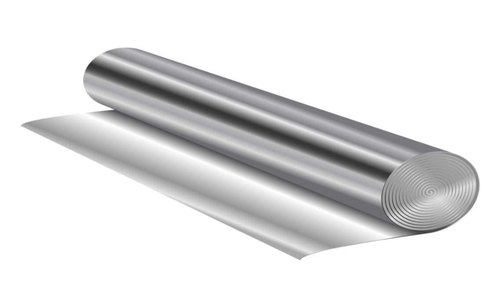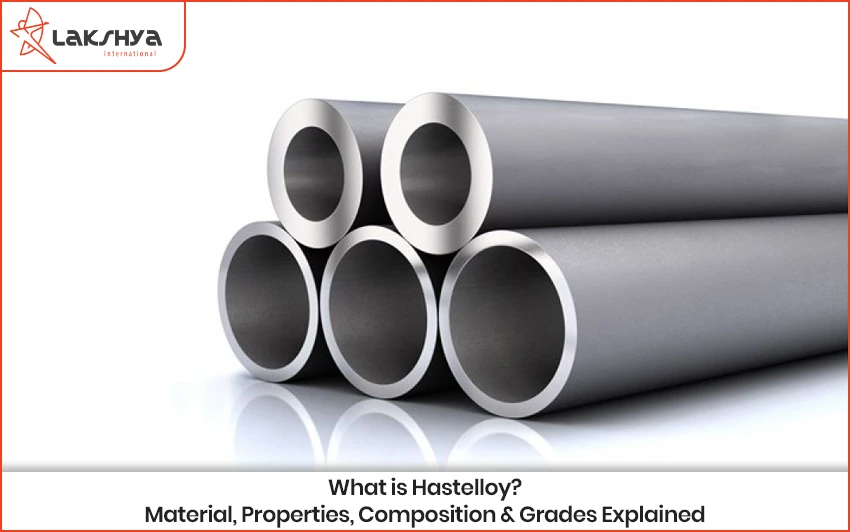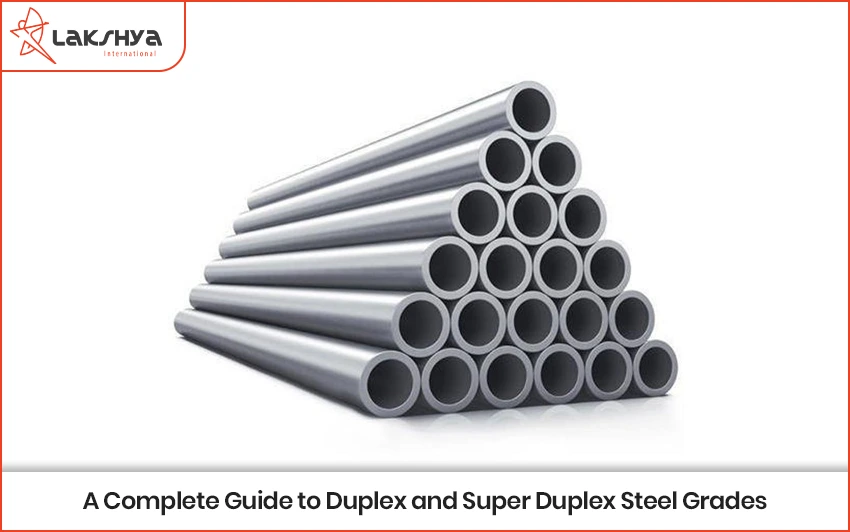Nickel 200 and Nickel 201 are commercially pure wrought solid solution strengthened materials with outstanding mechanical properties across a wide temperature range and excellent corrosion resistance to various corrosives, particularly hydroxides. Nickel 201 is a modification of 200 with a lower carbon content (.02 max) that prevents it from being embrittled by intergranular precipitates in several procedures at temperatures ranging from 600° F to 1400° F. Nickel 200 and nickel 201 elemental constraints are typically integrated into a single, dual-certified chemistry, resulting in Nickel 200/201, a single alloy with the desirable qualities of both alloys.
Characteristics of Nickel 200/201
1 Resistant to a variety of reducing chemicals
2 Resistance to caustic alkalies is outstanding.
3 Electrical conductivity is high.
4 Excellent distilled and natural water corrosion resistance
5 Resistance to alkaline and neutral salt solutions
6 Dry fluorine resistance is excellent.
7 It’s widely used to deal with caustic soda.
8 Thermal, electrical, and magnetostrictive characteristics are all good.
9 At low temperatures and concentrations, it provides some resistance to hydrochloric and sulfuric acids.
Nickel 200 and 201 are corrosion resistant in reducing, neutral, and neutral media as well as oxidising atmospheres if the oxidising environment allows for the production of a passive oxide coating. The material’s high resilience to caustic conditions is due to this oxide coating. Corrosion rates are quite low in both marine and rural environments. Nickel 200/201 has good corrosion resistance in both distilled and natural waters. Furthermore, it provides great service in flowing sea water, even at high velocity, although serious local attack under fouling organisms or other deposits may develop in stagnant or very low-velocity sea water. Corrosion rates will initially be significant in hot water systems when the steam contains carbon dioxide and air in specific proportions, but they will gradually decrease, If the conditions are favourable for the production of a protective coating, it will decrease over time.
Nickel 200 is usually only used at temperatures below 600 degrees Fahrenheit. Nickel 200 products can suffer from graphitization at higher temperatures, resulting in seriously harmed characteristics. Carbon content becomes crucial when operating temperatures are projected to exceed 600° F. Nickel 201 has a lower carbon concentration, making it resistant to graphitization and thus less prone to embrittlement. Section VIII, Division 1 of the ASME Boiler and Pressure Vessel Code approves Nickel 200 and 201 for use in pressure vessels and components. Nickel 200 is rated for temperatures up to 600 degrees Fahrenheit, while Nickel 201 is rated for temperatures up to 1230 degrees Fahrenheit. The melting point is 2615-2635 degrees Fahrenheit.
Nickel 200/201 is used in what applications?
- Food processing equipment
- Marine and offshore engineering
- Salt production
- Caustic handling equipment
- Manufacture and handling of sodium hydroxide, particularly at temperatures above 300° F
- Reactors and vessels in which fluorine is generated and reacted with hydrocarbons
Chemical processing and storage, synthetic fibre manufacture, and procedures involving sodium hydroxide and fluorine are all possible applications for Nickel 200-201. Aerospace and defence, as well as food processing, are some of the other applications. At varied temperatures and concentrations, nickel 200/201 possesses outstanding resistance to caustic alkalies.
Fabrication with Nickel 200/201
When shaping Nickel 200/201, you can use any hot or cold working technique. Heavy forming should be done at temperatures exceeding 1600° F, with hot working temperatures ranging from 1200° F to 2250° F. The temperature for annealing should be between 1300° F and 1600° F. When picking the anneal temperature and duration at temperature, it’s important to keep in mind that it might have a big impact on the material’s mechanical properties and structure.
With the exception of the oxyacetylene procedure, nickel 200/201 may be easily welded using traditional welding, brazing, and soldering techniques.
Read more :
Inconel 600 Bars: Everything You Need to Know




